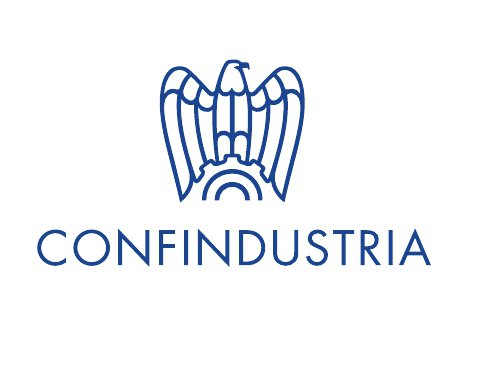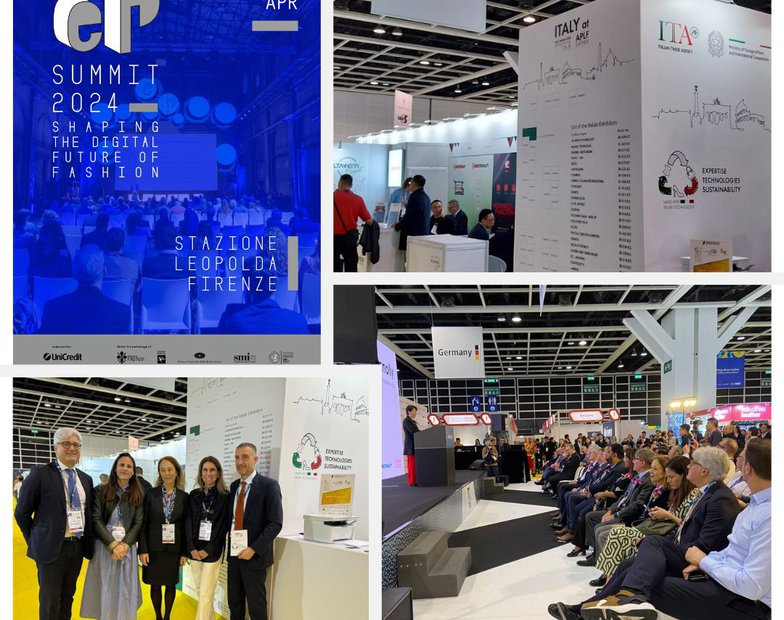Bangladesh has a great deal of prospects to increase its leather exports to the countries of the Belt and Road Initiative (BRI). This article of the Dhaka Tribune argues that the leather sector could boost Bangladesh's exports diversification strategy to reduce the country’s overdependence on the ready-made garments (RMG) sector.
A clear-eyed strategy to connect Asia with Africa and Europe via land and maritime networks, the BRI’s primary goals are regional integration and stimulating trade and economic growth.
As of December 2021, the number of countries that have joined the Belt and Road Initiative (BRI) by signing a Memorandum of Understanding (MoU) with China is 145.
Bangladesh is a founding member of China’s BRI.
The BRI aims to establish cooperation in five major areas: trade and investment facilitation; policy coordination; infrastructure development and connectivity; financial coordination and integration; people-to-people ties and connectivity.
The trade and investments in the BRI countries have been booming in recent years.
The leather industry is one of the traditional export-oriented industries of South Asia, employing a large number of people from both organized as well as unorganized sectors and engaging predominantly micro, small, and medium-sized enterprises.
From 1970, it has become a sizable industry.
Nowadays, it is one of the major industries in Bangladesh.
With an estimated total population of 167 million, Bangladesh had a comparative advantage in this industry, compared with similar-sized countries, such as Vietnam.
Over 200 government verified leather processing plants are present for rawhides wet blue, crust, or finished leather.
Moreover, over 2,000 leather footwear and leather production plants manufacture varieties of goods, such as footwear, garments, handbags, luggage, wallets, and other luxury items.
Estimates
According to the Bangladesh Commerce Ministry, Bangladesh can earn more than $5 billion by exporting leather and leather goods annually.
The Commerce Ministry has launched a project titled "Export Competitiveness for Jobs (EC4J)" to help boost the country's export earnings from leather and leather products, light engineering, footwear, and plastics sectors.
There is a huge demand for Bangladeshi leather and leather products in different countries.
Within the tanning industry, a highly differentiated network of tanneries and intermediaries has emerged, giving an account of differing capabilities and strong internal hierarchies.
Bangladesh Tanners Association (BTA) is a non-profit association of leather industry in Bangladesh.
It plays an important role in various aspects such as the issue of export certificates, liaison with the government departments in regards to the development of the leather sector.
The leather industry has been struggling for the past two years, especially since the outbreak of the Covid-19 pandemic, due to a lack of new investment, poor product variety, artificial leather penetration, a price hike on leather products, and a lack of vigilance on behalf of the tannery estates.
Exporters also blamed the US-China trade war for the two-year slump.
In 2019, the global market for leather and leather goods is $251.77 billion.
Bangladesh produces 350 million square feet of leather annually, which accounted for about 1% of the world’s total leather exports.
It is commonly stated that the inflows of foreign exchange and the expansion of the import of services/capital goods, which are two essential elements of economic growth and productivity improvement, could be enlarged progressively through export growth.
Export is an important activity for an emerging economy like Bangladesh.
Along with an economic growth trend of over 6% in the last decade, almost 90% of Bangladeshi exported goods are readymade garments or RMG products.
The entire manufacturing sector is thus reliant upon one sector-RMG.
The number of RMG factories in Bangladesh has declined in the last 10 years.
Reducing RMG dependency and product diversification would be the next step that can be further understood by various policies and indicators of Bangladesh's government.
Bangladesh would have an upper hand in the leather industry, particularly due to the country's huge number of laborers.
The country is now experiencing a demographic dividend.
In the fiscal year of 2017, the leather industry accounted for 3.5% of Bangladesh’s annual exports of $1.2 billion, i.e. about 0.6% of the global export market.
Bangladesh’s goods and service exports grew from $5 billion in 1990 to more than $46 billion in 2019.
Joining the World Trade Organization in 1995 allowed Bangladesh to gain the tariff-free benefit and the export expansions being a developing country.
Since then, Bangladesh's gross domestic product (GDP) has been soaring, particularly since 2004.
During the catastrophic event of the global financial crisis, the record slowdown of global trade in the year 2015 to 2016, the world's export performance fell about $3.1 trillion, declining export revenue of the good number of countries where Bangladesh has been on steady export growth.
As of 2020, Bangladesh is one of the countries on track for graduating from their lower-income to middle-income countries.
The international market, especially for RMG exports, had been playing an important role as one of the major engines for this success.
To address the economic crisis and slowdown, the seventh five-year plan of 2016-2020 has an emphasis on export diversification, particularly in the leather industry.
Global leather trade fetches 150 billion US$ annually.
China extended the duty-free access to 97% of Bangladeshi goods in 2020.
However, Bangladesh could not seize the opportunity for most of last year because of a lack of diversified goods and the outbreak of the coronavirus pandemic.
The duty benefit was extended to Bangladesh at a time when China's consumer market is set to expand by 12% every year to reach $8.4 trillion by 2022.
Because of its vast population, the Chinese consumer market will overtake America's by 2034.
Chinese dominance
In the BRI document delivered by the Chinese government, the 21st-century Maritime Silk Road (MSR) and the Silk Road Economic Belt (SREB) are two separate parts, and trade and investment are focal words.
The value of China’s overseas investment and construction combined has exceeded $1.6 trillion.
Exporting to Chinese markets and using network connectivity to boost trade with other participating countries in this BRI would create considerable growth potentials for Bangladesh as well as other South Asian countries.
The capital flows and transport cost reductions related to the BRI are fast becoming a reality.
Evidence suggests that the BRI has the potential to deliver significant welfare gains, particularly if combined with other trade integration schemes, and to counterbalance aggressive trade policies particularly in light of the uncertainty created by the China-US trade war.
China is a technologically sophisticated country in Asia.
The transfer of technology could, therefore, be an important area of cooperation.
Thus, bilateral trade cooperation between China and Bangladesh could help Bangladesh leather exports to grow and flourish.
Bangladesh is likely to face some challenges.
For example, the implementation of the WTO agreement after the year 2000 reduces or eliminates the quotas for the garment exports.
Bangladesh will face huge competition from countries like Vietnam or China, and will need to upgrade its export trade to more sophisticated segments of the market, which requires greater skills and increased productivity.
In fact, Bangladesh could chase for the comparative advantage in the leather industry through the efficient utilization of its abundant population of 167 million.
To this end, human resource development is a vital prerequisite.
The leather industry of Bangladesh is still suffering from high trade costs or transportation costs. Higher transaction costs hamper trade facilitation in South Asia.
Research shows that a 10% fall in transaction costs at borders has the effect of increasing a country’s exports by about 2%.
Among the major causes of high-trade transaction costs in South Asia are the cumbersome and complex cross-border trading practices, which also increase the possibility of corruption.
The government of Bangladesh should pay its attention to the development of the leather sector by formulating policies and programs to minimize the trade and transportation costs.
The leather industry experts could focus on the main issues and determinants that might help facilitate export promotions.
The wellbeing of the leather sector workers should be ensured through minimum wages, decent environment and human rights protection.
The earnings gained from the exports of leather goods and commodities could profitably be utilized in the socioeconomic developments and people’s wellbeing.



